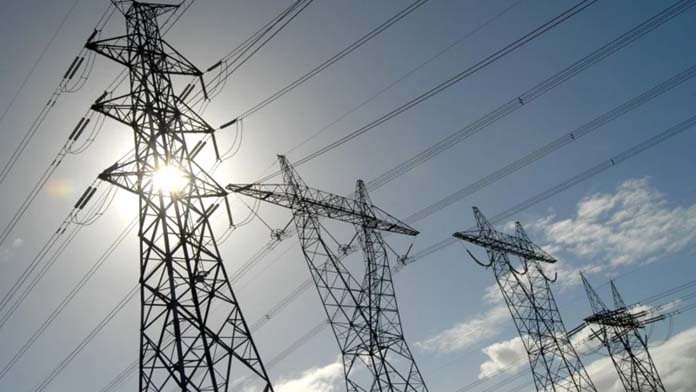There are increasing warnings that Australia’s renewable energy rollout is stalling. This puts even the chance of reaching the hopeless emissions target of the Albanese government at risk.
Daniel Westerman, the head of the Australian Energy Market Operator, told a major energy conference in June that “investment is not happening fast enough” to meet the government’s target of 82 per cent renewable energy by 2030.
Investors failed to commit to a single new renewable energy project in the first three months of 2023, a big drop on previous levels. Yet the amount of investment and new projects needs to be accelerating to meet the target.
Investment in renewable energy has actually dropped since 2018 from $8 billion that year to around half that in 2020 and 2021, and was still only $6.2 billion last year. Now it has seems to be dropping again.
Labor’s whole plan is to leave it up to private investors to fund renewable energy projects. This is jeopardising the transition needed. It requires much greater government planning and direct investment to succeed.
Most of the country’s coal power plants are decades old and approaching closure. They need to be replaced—and renewable energy is now the cheapest option. But the speed of the transition—and how quickly Australia cuts carbon emissions—remains open.
The Vales Point coal power station in NSW has just delayed its closure by four years, until 2033. There have also been suggestions from the NSW Labor government that the Eraring coal-fired power plant, which supplies 25 per cent of the state’s energy, could have its closure delayed from mid-2025 too.
Investors that hope to make money from renewable energy have grown nervous due to a range of problems, from supply chain issues to labour shortages, and delays connecting to the grid. Competition for investment from the US, as a result of government subsidies for clean energy through the Inflation Reduction Act, is also a threat.
The total cost to build all the renewable energy, storage and transmission upgrades needed over the next 30 years is estimated at $320 billion—less than the cost of the nuclear submarines over that period. And the government would recover the full cost of this under current laws through consumers’ power bills—as well as a healthy profit.
Challenges
There are huge challenges in planning and co-ordinating the switch from an energy system based on coal power stations to renewable energy.
The Clean Energy Council says that a “conservative estimate” is that the skilled energy workforce needs to double in the next five to seven years. Another estimate is that 15,000 more workers are needed by 2025.
The obvious answer is government spending on education and training to ensure there are enough workers. The Albanese government found $127 million to fund 4000 university places to train workers for the AUKUS nuclear submarine program but has not shown the same urgency about the need for renewable energy workers.
Blame is also being laid on the delay in building new transmission lines. A big expansion of electricity poles and wires is required to connect new solar and wind generators to the existing power grid.
The Financial Review has reported that “The CEOs of Australia’s biggest energy companies—Origin Energy, AGL and EnergyAustralia—all warn that extensive delays in building new transmission are threatening the expansion of renewable energy.”
This is the one area where the Albanese government is providing a form of government investment through the Rewiring the Nation program. So far this has come in the form of low cost loans provided through the Clean Energy Finance Corporation.
Renewable energy has been the one area that has delivered significant reductions in Australia’s emissions, apart from the questionable impact of land use changes, declining by 21 per cent since 2005. Labor is also relying on renewable energy to deliver the bulk of its overall emissions reduction target.
But instead of relying on the market and private investors to fix the problem it should use direct government investment.
Government control would also allow it to ensure there are quality, union jobs in the new renewables industry.
There have been some moves in this direction.
The Queensland Labor government last year released plans to ensure 54 per cent of new renewable energy capacity will be state-owned, as it aims for 80 per cent renewable energy by 2035. It is investing $19 billion over the next four years.
The NSW and Victorian Labor government have also talked about state investment but have only committed $1 billion each.
The bushfires in North America and record ocean temperatures worldwide show the scale of the climate crisis we are facing. The Albanese government needs to treat this like the emergency that it is.
By James Supple






